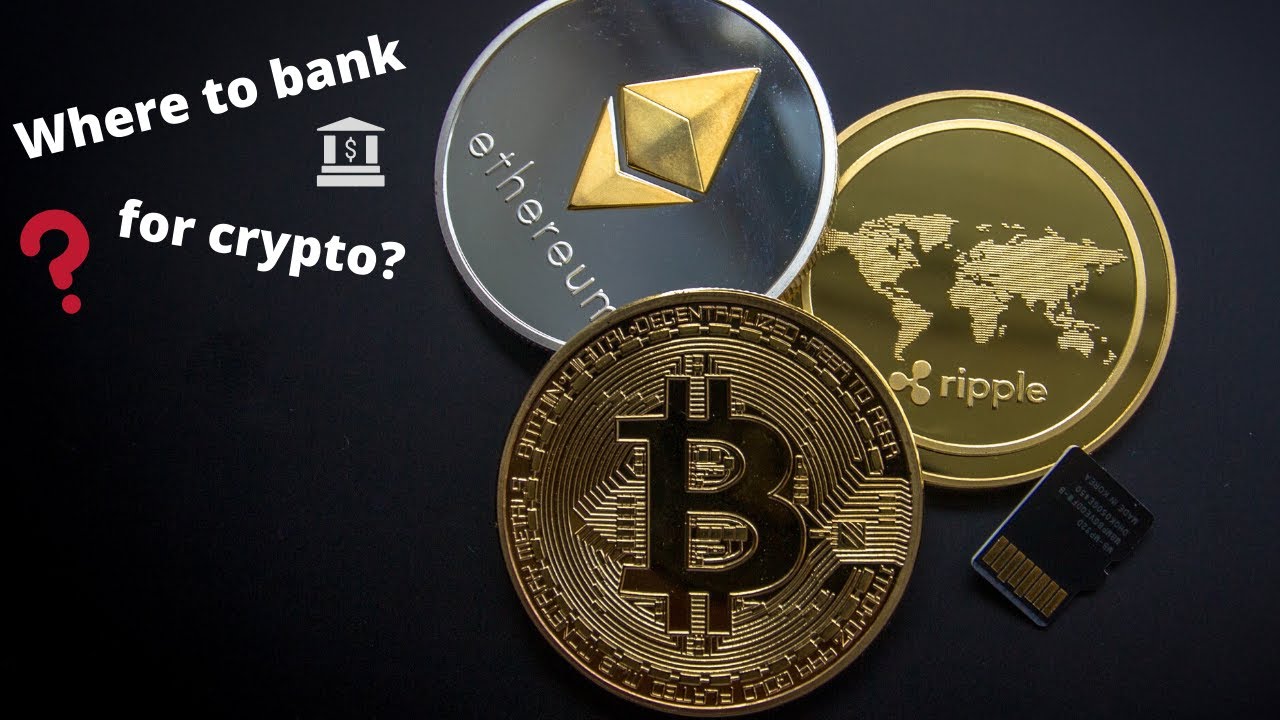What Makes DeFi Decentralized
Decentralized finance (DeFi) is a financial system that is built on blockchain technology. It is designed to be open, transparent

Decentralized finance (DeFi) is a financial system that is built on blockchain technology. It is designed to be open, transparent, and accessible to everyone. DeFi protocols allow users to borrow, lend, trade, and invest without the need for a Centralized Collateral and Decentralizing Make.
One of the key features of DeFi is that it is decentralized. This means that it is not controlled by any single entity. Instead, it is governed by the community of users and participants.
However, there is some debate about what it means for DeFi to truly be decentralized. One of the key questions is whether or not DeFi protocols should rely on centralized collateral.
Rune Christensen CEO of MakerDAO interview, has argued that centralized collateral is necessary for DeFi to be successful. He believes that it is important to have a stable source of collateral in order to maintain the stability of decentralized stablecoins like DAI.
However, others argue that centralized collateral is a threat to the decentralization of DeFi. They believe that it gives too much power to the centralized entities that control the collateral.
In this blog post, we will explore the issue of centralized collateral in DeFi. We will also look at Rune Christensen?s views on this issue and his plans for decentralizing MakerDAO.
What is Centralized Collateral?
Centralized collateral is collateral that is held by a centralized entity. This could be a bank, a financial institution, or even a single individual.
Centralized collateral is often used in DeFi protocols to support the issuance of decentralized stablecoins. Decentralized stablecoins are cryptocurrencies that are designed to maintain a stable value relative to a fiat currency, such as the US dollar.
In order to maintain their stability, decentralized stablecoins are backed by collateral. This collateral can be in the form of fiat currency, cryptocurrencies, or even other assets.
When a user wants to mint a decentralized stablecoin, they must deposit collateral into the protocol. The protocol will then lock up the collateral and issue the user the stablecoin.
If the value of the collateral falls below a certain threshold, the protocol will sell the collateral in order to maintain the stability of the stablecoin.
Why is Centralized Collateral Controversial?
The use of centralized collateral in DeFi is controversial because it gives too much power to the centralized entities that control the collateral.
For example, if a bank controls the collateral for a decentralized stablecoin, they could potentially freeze the stablecoin or even shut down the protocol altogether.
This would be a major setback for DeFi, as it would undermine the trust that users have in decentralized protocols.
Rune Christensen?s Views on Centralized Collateral
Rune Christensen, the founder and CEO of MakerDAO, has argued that centralized collateral is necessary for DeFi to be successful. He believes that it is important to have a stable source of collateral in order to maintain the stability of decentralized stablecoins like DAI.
Christensen has also argued that centralized collateral can be used to help DeFi protocols scale. He believes that by partnering with centralized entities, DeFi protocols can reach a wider audience and attract more users.
However, Christensen has also acknowledged that centralized collateral is a threat to the decentralization of DeFi. He has said that MakerDAO is working on developing decentralized collateral solutions, such as Real World Assets (RWAs).
MakerDAO?s Plan to Decentralize Collateral
MakerDAO is working on a number of different initiatives to decentralize its collateral. One of these initiatives is the Real World Assets (RWAs) initiative.
The RWAs initiative is designed to create a decentralized marketplace for RWAs, such as real estate and invoices. This would allow MakerDAO to use RWAs as collateral for DAI, which would help to reduce the reliance on centralized collateral.
MakerDAO is also working on developing decentralized collateral solutions that use other cryptocurrencies. For example, MakerDAO is exploring the possibility of using Ethereum as collateral for DAI.
The use of centralized collateral in DeFi is a controversial issue. There are valid arguments on both sides of the debate.
Rune Christensen, the founder and CEO of MakerDAO, has argued that centralized collateral is necessary for DeFi to be successful. However, he has also acknowledged that it is a threat to the decentralization of DeFi.
MakerDAO is working on a number of different initiatives to decentralize its collateral. One of these initiatives is the Real World Assets (RWAs) initiative.
The RWAs initiative is designed to create a decentralized marketplace for RWAs, such as real estate and invoices. This would allow MakerDAO to use RWAs as collateral for DAI, which would help to reduce the reliance on centralized collateral.
What's Your Reaction?
















